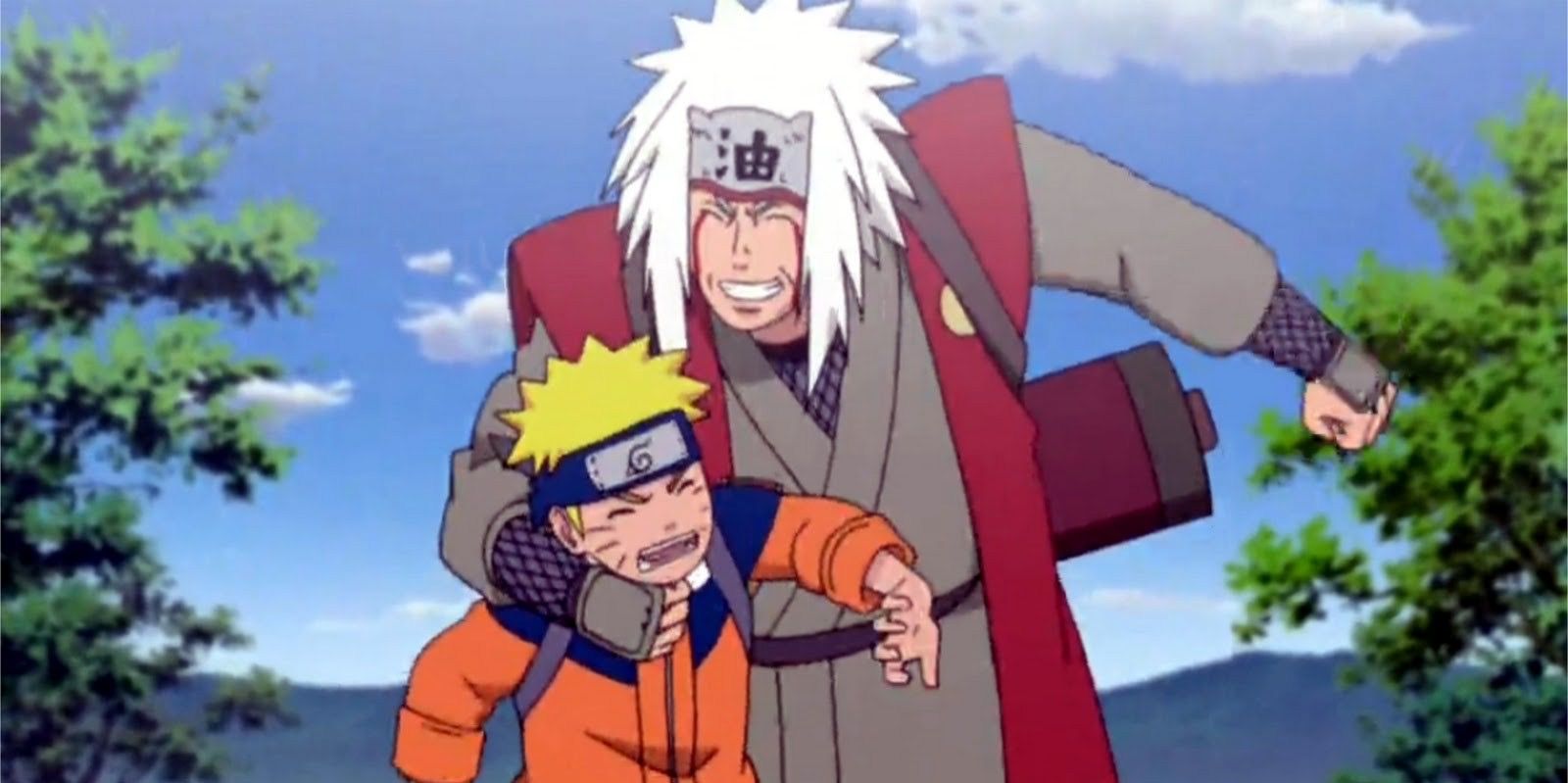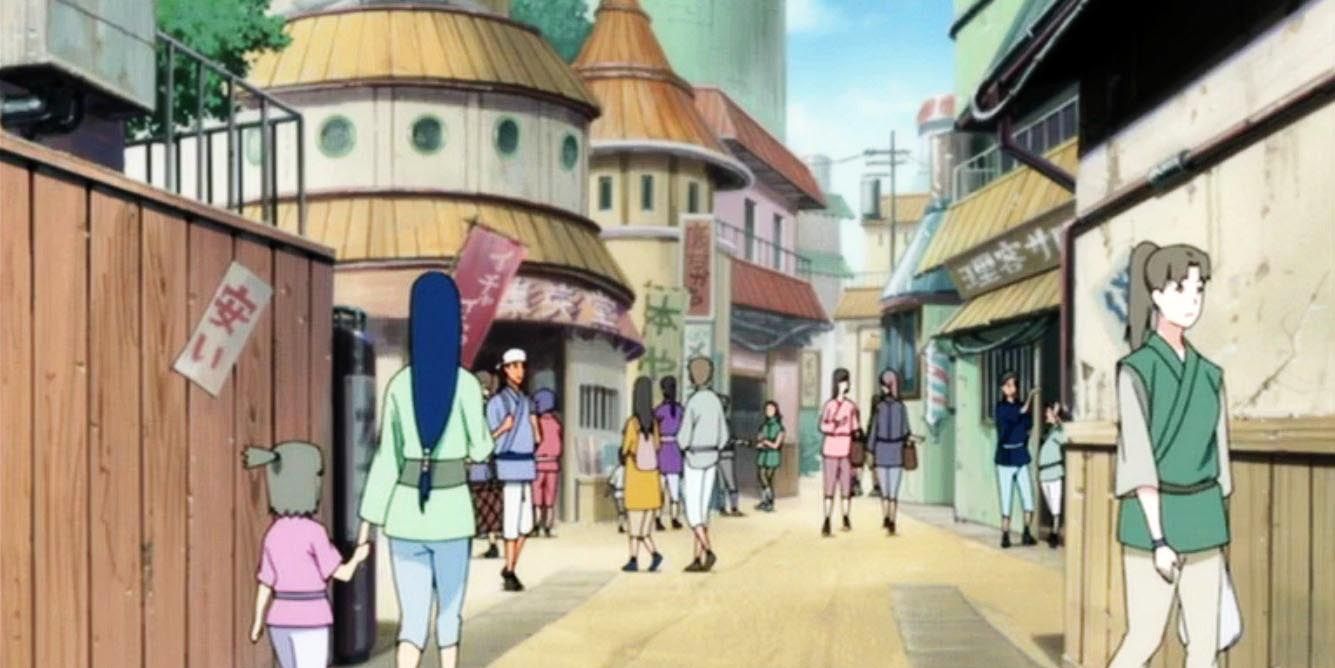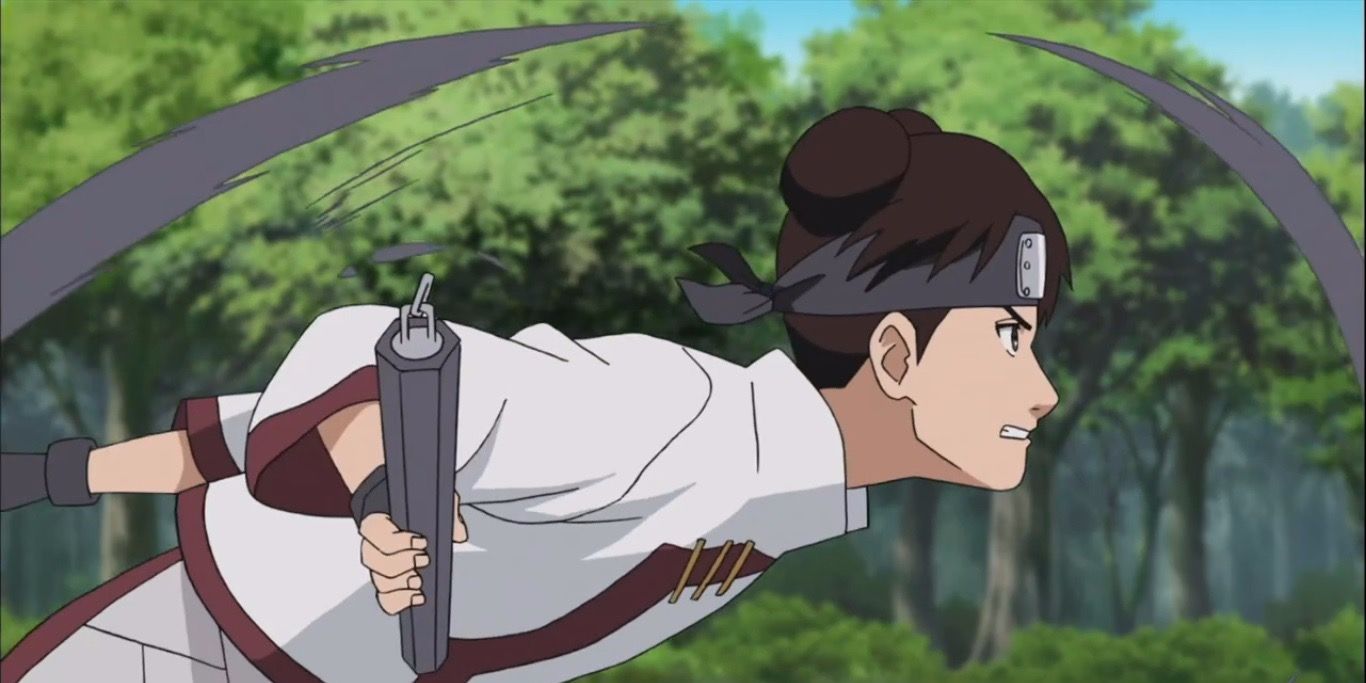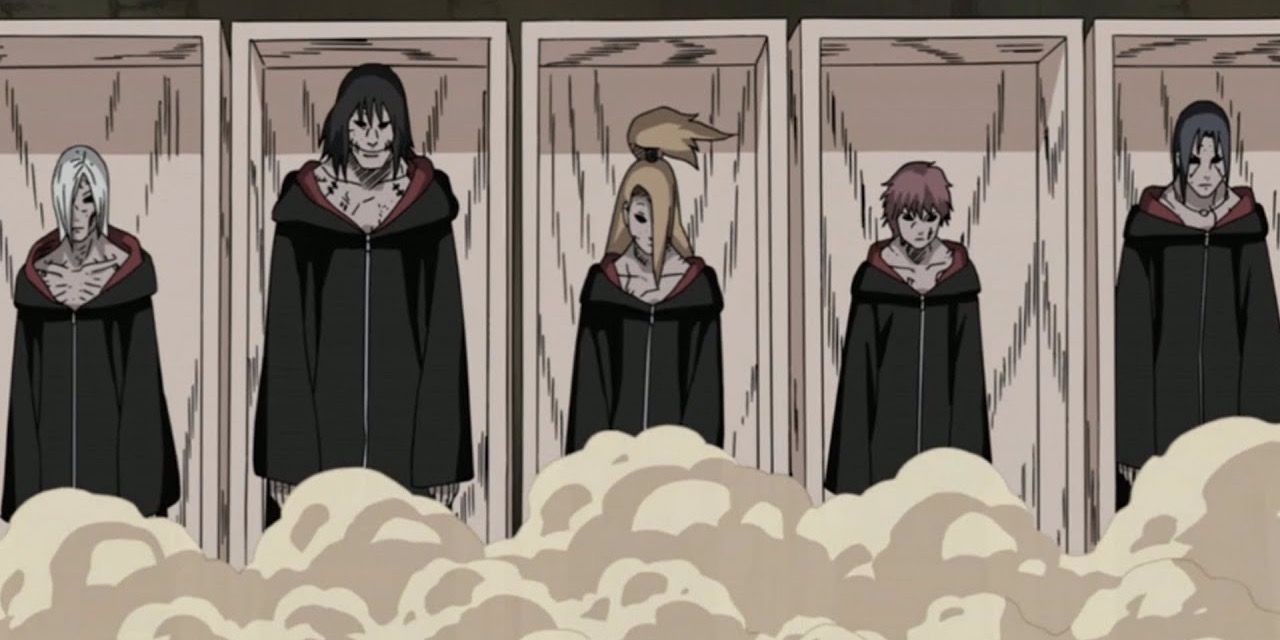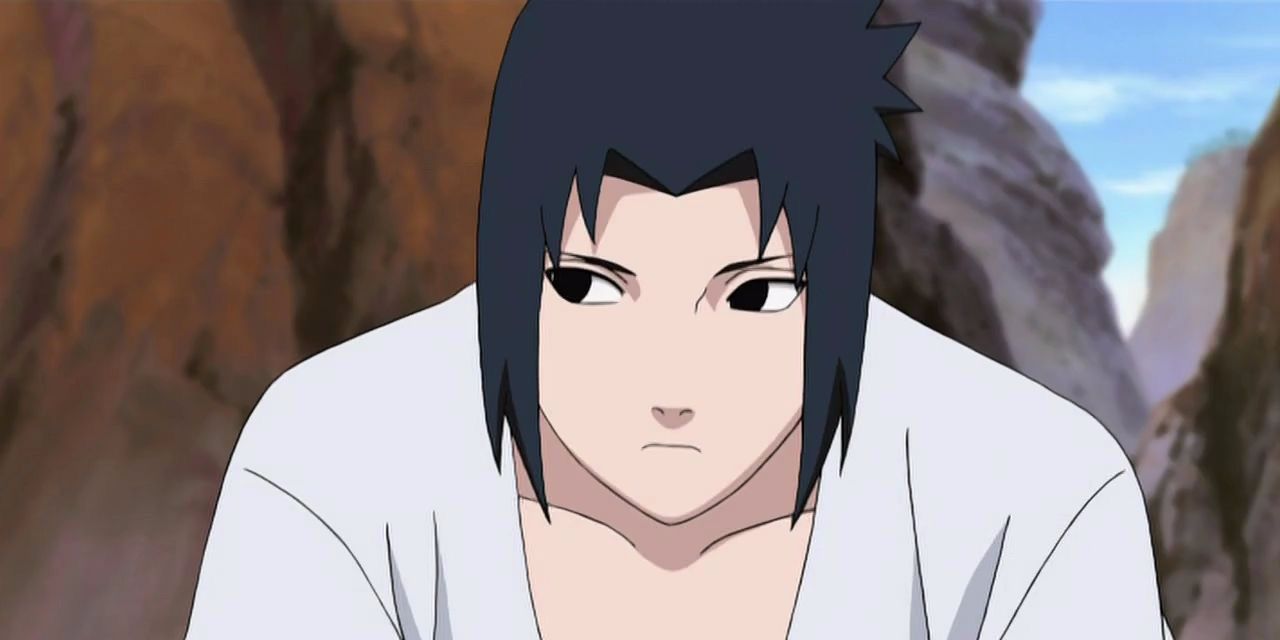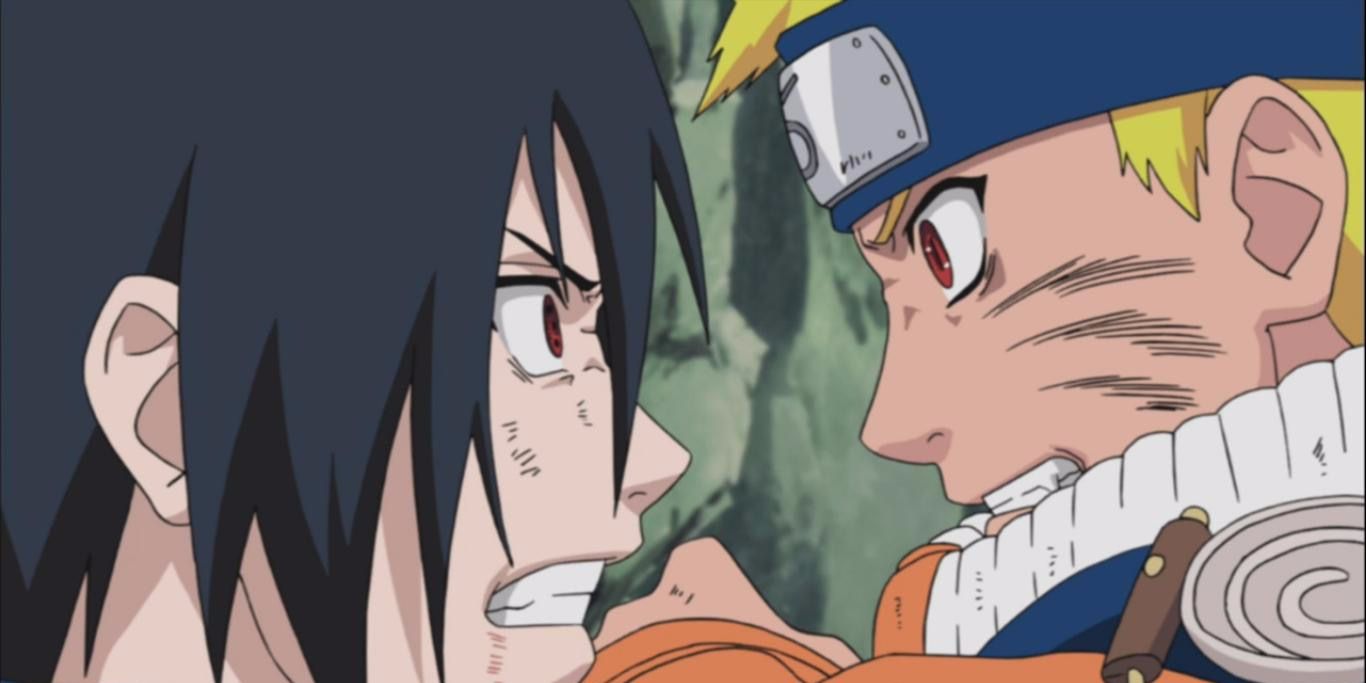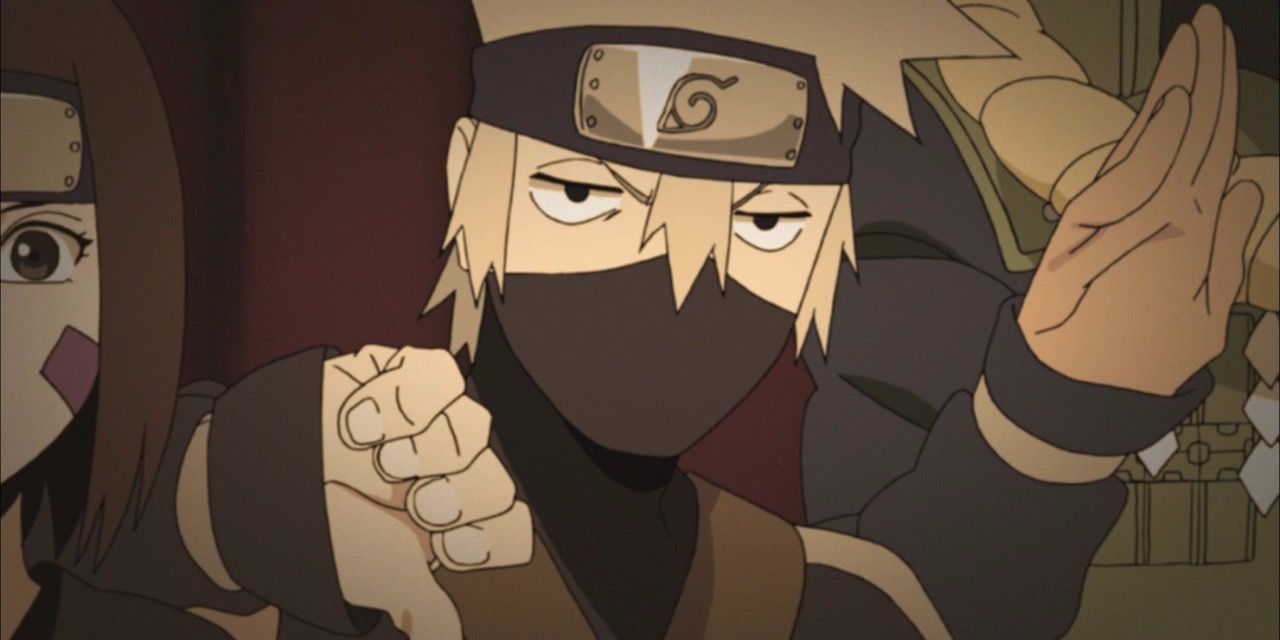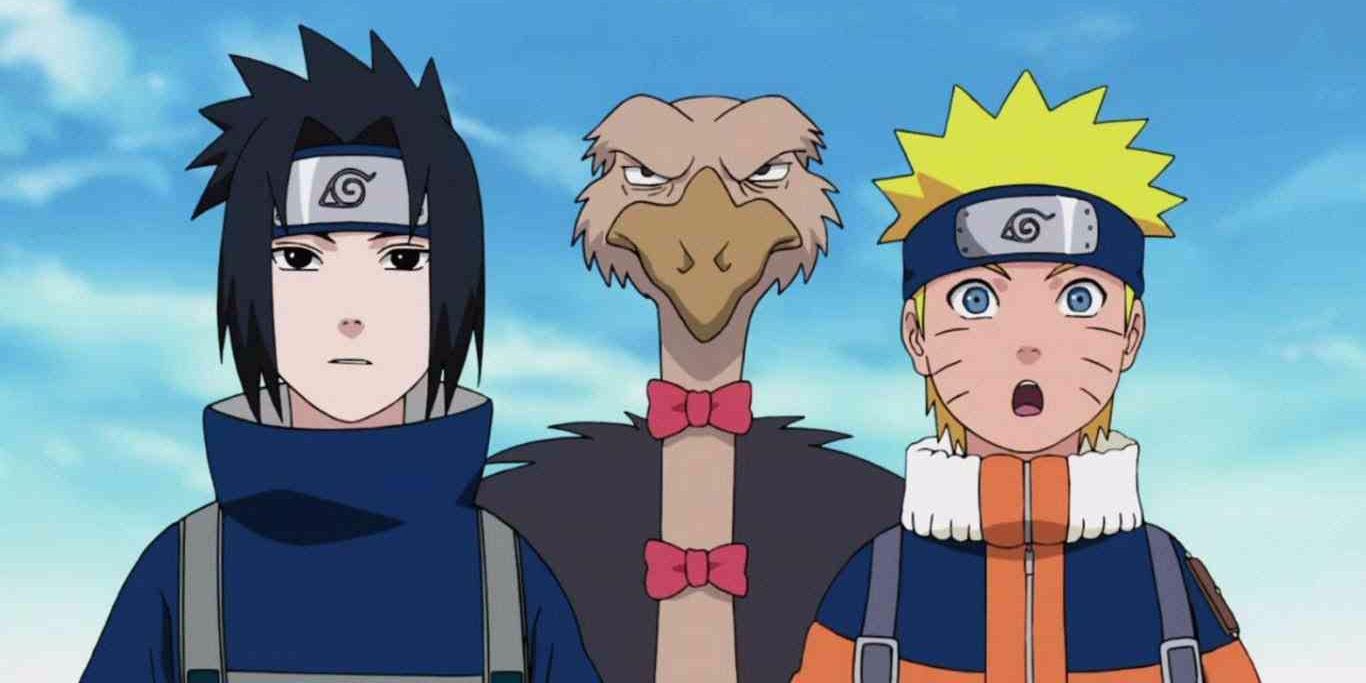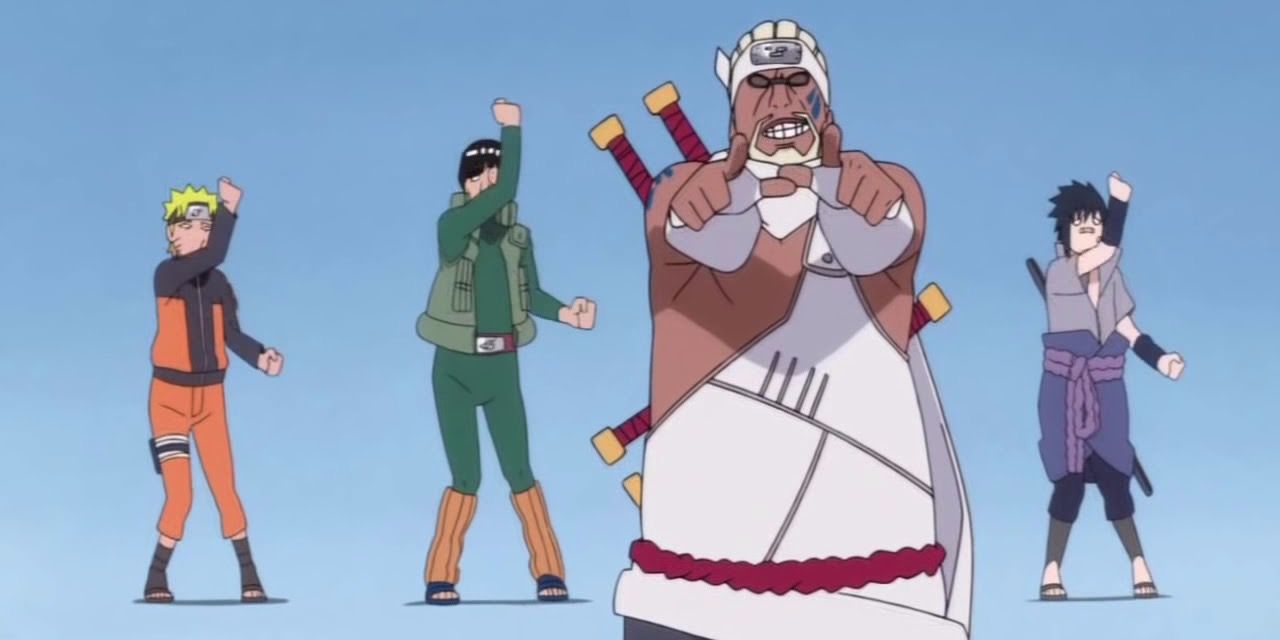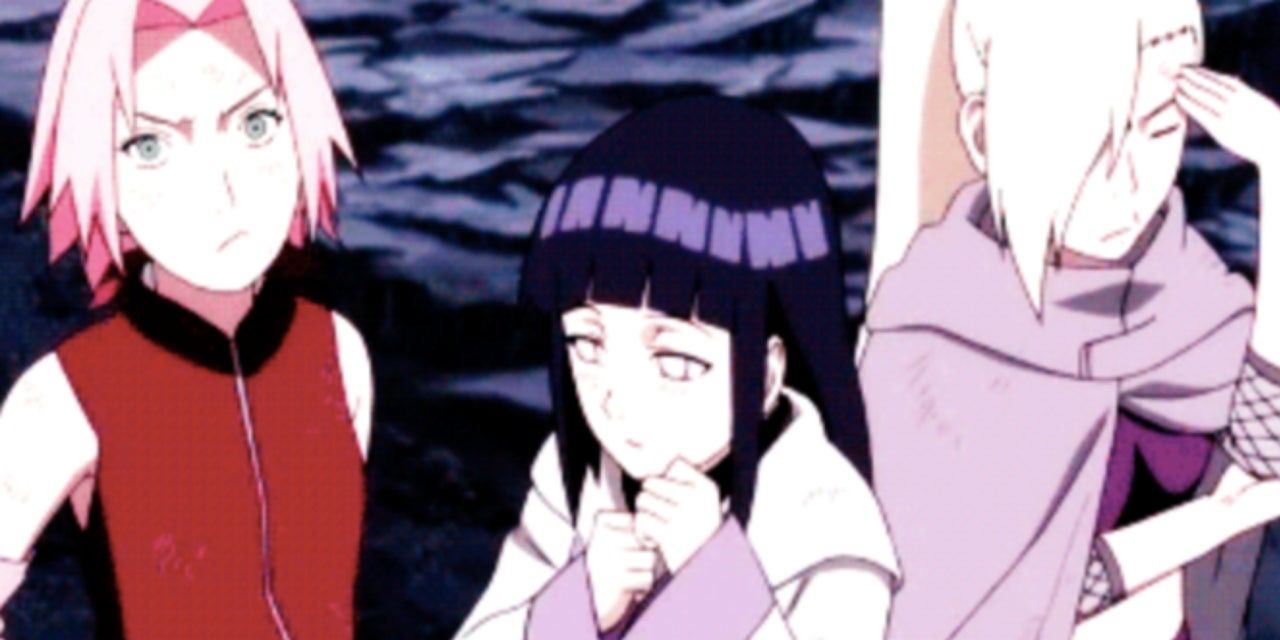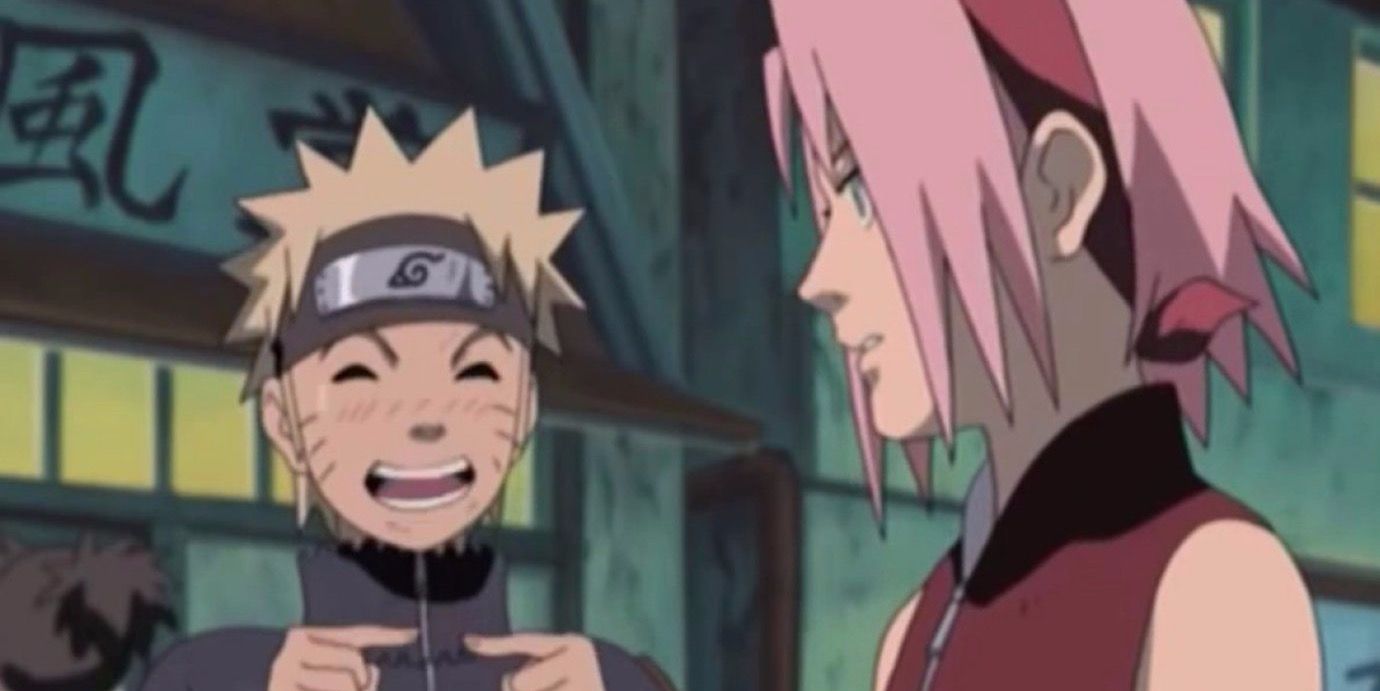Since the Naruto anime originally debuted in the early 2000s, it’s nearly twenty years old yet still relevant if we count its sequels Naruto: Shippuden and Boruto. With that said, not everything about the Naruto series as a whole minus Boruto has aged well.
Aside from disagreements over the anime’s progression and the development of its main characters, there are elements that are unquestionably problematic. While some of these may have seemed harmless at the time, they don’t look great in retrospect. In fact, they’ve gotten worse with age as tastes have changed and anime shows are handled differently now.
The Inconsistent Level Of Technology In The Setting
From the start, it was never clear when exactly Naruto is supposed to be taking place. While it’s clearly some kind of alternate fantasy world, due to the lack of elements that tie it to our reality, the level of technology never stayed consistent.
As the above image shows, power lines existed throughout Konoha Village implying the use of electricity. Yet there weren’t very many electronic devices shown in Naruto, with the wireless radios that the main characters wore during missions being one of the more constant ones. In addition, the characters wore a mixture of modern and traditional Japanese clothing which only confuses the issue to this day.
Lack Of Development On The Supporting Characters
Due to the large cast of characters that exist in the Naruto universe, it may seem natural that not all of them were fully developed except for the main ones. However, fans of the anime have argued some of the supporting characters had the potential to be interesting and could’ve had more of a role in the plot.
Yet, these characters were sadly wasted either because of bad writing or the lack of episodes focused around them. A perfect example of these elements is Tenten, whom most know as being the girl that can summon various weapons from magic scrolls and not much else. Fortunately, she has a more prominent role in Boruto.
The Quick Deaths And Resurrection Of The Akatsuki
No matter how interesting a character or a group of them may be, their coolness factor can easily diminish depending on how they’re handled by the creator. The Akatsuki group in Naruto, for instance, were considered to be fan-favorites due to their cool designs and amazing powers.Though as Naruto: Shippuden’s plot progressed, they were quickly eliminated by the main characters of Naruto.
Soon after, they were resurrected as sentient zombies. As a result, the Akatsuki arguably became less interesting as villains. Plus, their deaths seem ultimately pointless in retrospect if they were just going to be brought back to life anyway.
Character Motivation That Makes No Sense
As a show progresses in terms of plot, a character’s motivations may change. In some cases, though, they can change for the worse or make no sense whatsoever. One of the worst offenders for this kind of character motivation shift in Naruto arguably has to be Sasuke.
After eliminating his brother Itachi, who killed almost everyone in their clan, Sasuke’s motivation changed after learning the truth about Itachi’s actions. Instead of moving on, Sasuke teamed up with the Akatsuki to make Konoha pay for what they did to his clan. Retrospectively, this seemed like an unnecessarily drastic measure on his part and went against his ultimate goal which was to restore his clan to their former glory.
Fight Scenes That Drag Out For Too Long
While fight scenes are a necessity in any given anime series that’s primarily aimed at boys, sometimes they can go on for multiple episodes at a time. From a marketing perspective, it’s a good strategy to get viewers invested in the next episode to see how the fight will resolve.
But this kind of approach is easy to abuse and wears on the viewers’ patience the longer the fight drags out. Several cases like this occurred throughout Naruto, with arguably the longest fights being between Naruto and Sasuke. Since they’re the anime’s main rivals, it makes sense but that doesn’t make the fights any less repetitive and unnecessarily long by today’s standards.
Constant Use of Flashbacks
One of the contributing factors for the extended fight scenes in Naruto was arguably the flashbacks. Whether these were triggered by a single character or arbitrarily by the anime itself, they were ridiculously constant. In fact, some of these flashbacks were so long they would take up entire episodes.
Such was the case during Naruto and Sasuke’s first fight in the Valley of the End, where an episode or two was taken up by an arbitrary flashback to when Sasuke witnessed the massacre of his clan. There were even times where they repeated the same flashbacks, or had several in the same episode, which haven’t gotten better with age.
Abundant Filler
Following the completion of the first-half of Naruto’s manga, the anime had to create a bunch of filler episodes to keep the series going until Naruto: Shippuden debuted. While filler episodes had been present in the anime before, they were usually placed between major story-arcs to give the audience a much-needed emotional break.
Yet since the last stretch of Naruto episodes were nothing but filler, fans weren’t particularly happy as these episodes added nothing to the series’ plot overall. Even now, Naruto and its direct sequel are notoriously known for arguably having more filler episodes in it compared to those in other series.
Killer B’s Tendency To Speak In Rap Lyrics
Because of Japan’s isolationist history, there isn’t as much ethnic diversity compared to other countries like the United States. So when it comes to representing non-Japanese characters, anime series will often resort to stereotypes with some being more offensive than others. Take Killer B, for example, who quickly became a fan-favorite after debuting in Naruto: Shippuden.
Not only was this guy incredibly powerful, but also helpful to Naruto in terms of teaching him how to control the Nine-Tailed Fox. With that said, he had a tendency to speak in rap-style lyrics. Though this seems harmless at a glance, it’s borderline racist in retrospect since B’s one of the few dark-skinned characters in Naruto who isn’t aesthetically Japanese.
Female Characters That End Up Being Useless
A common issue that’s found in a lot of boy-oriented anime shows is how they treat their female characters. While many of these women seem strong on the outside, they usually end up being inferior to the male characters. Therefore, their role in the story overall ends up being useless.
In this respect, Naruto wasn’t that much different when it comes to its female characters and their story-arcs. Some examples of this include Sakura, who went through periods of being incredibly helpful and useless at the same time. But that doesn’t excuse the issue, especially when female characters have more agency in their own tv shows and movies these days.
The Immature Humor
It’s undeniable that the humor in Naruto is very immature in nature, even if the anime’s target audience was teenage boys. Though this improved significantly in Naruto: Shippuden, there were still some ongoing jokes that aren’t as funny by today’s standards such as Naruto’s Ninja Centerfold Jutsu.
This was an improvisation of a standard technique called the Transformation Jutsu, only instead of using it to look like someone else Naruto used it to transform himself into a naked girl. As a result, older men in the vicinity would get exaggerated nosebleeds that often follow sexual arousal in most anime and pass out. It comes across as juvenile for using female nudity as a source of humor, and it hasn’t aged well either.

